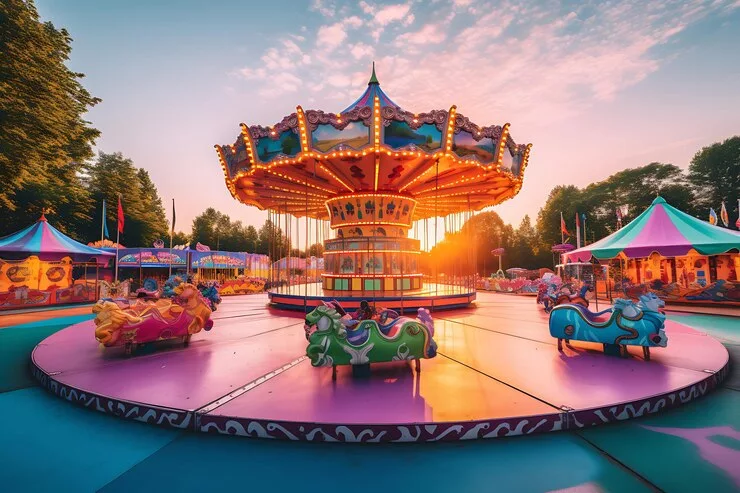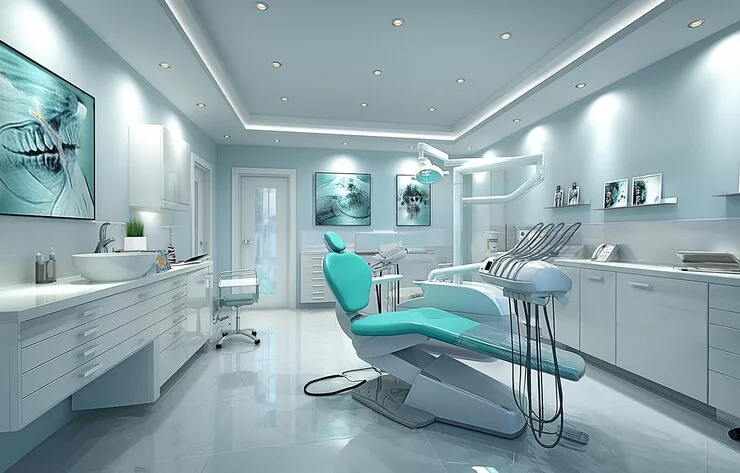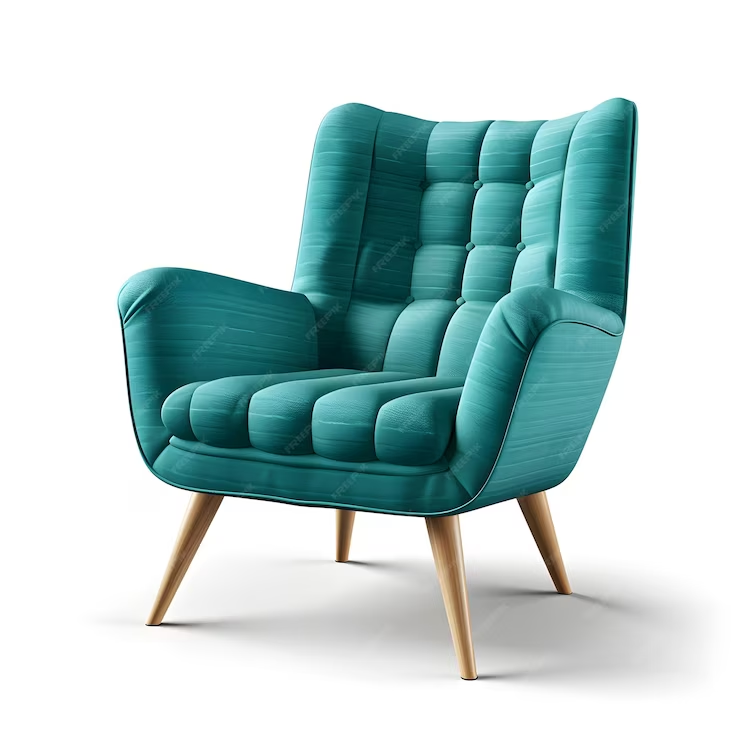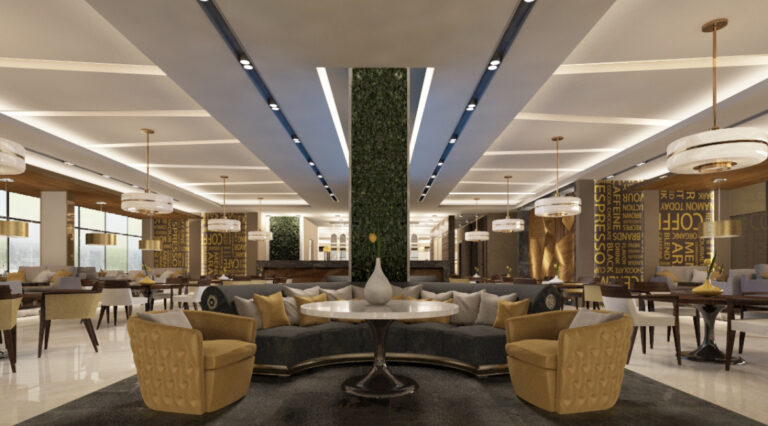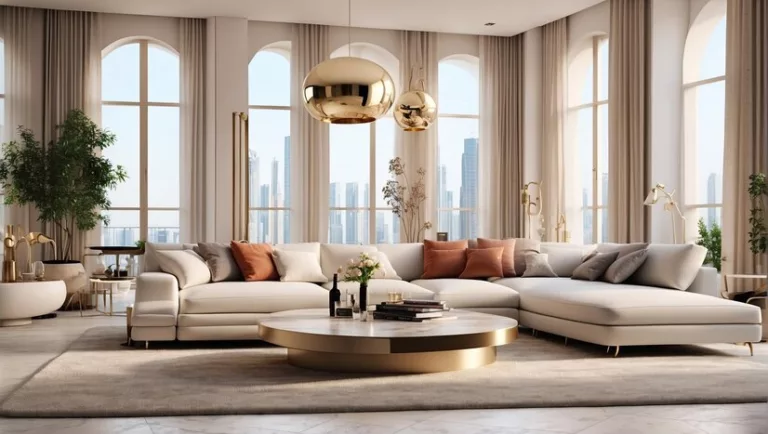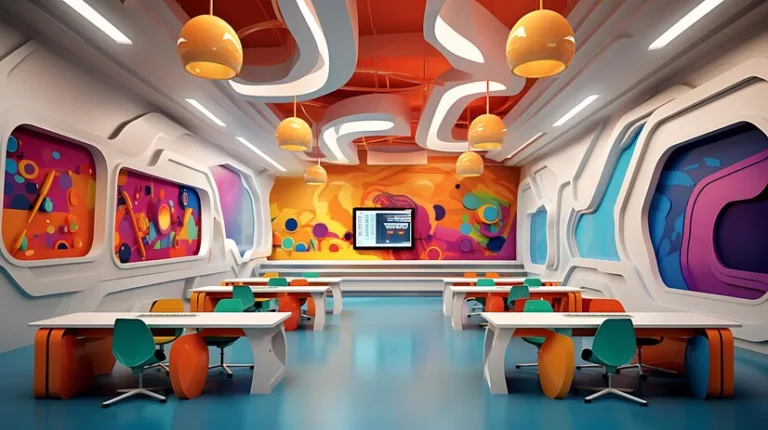Interior design plays a crucial role in entertainment areas as it enhances the overall experience for guests. It combines aesthetics with functionality to create a space that is visually appealing and efficient in meeting the needs of the users.
Importance of aesthetics and functionality
Aesthetics and functionality are vital aspects of interior design in entertainment areas. The combination of visual appeal and practicality creates a space that is pleasing to the eye while optimizing the overall user experience.
Creating a welcoming and engaging space
A welcoming and engaging space in entertainment areas encourages people to stay longer and enjoy the environment. The use of warm colors, inviting seating arrangements, and interactive elements all contribute to creating a lively and enjoyable atmosphere.
Lighting in Entertainment Areas
Good lighting is crucial in entertainment areas as it sets the mood and enhances the overall ambiance. Different types of lighting can be used to create various moods and effects, allowing for a personalized and dynamic experience.
Types of lighting for different moods
There are various types of lighting that can be used in entertainment areas to create different moods. For a cozy and intimate atmosphere, dimmers and warm-colored lights can be employed. To create a vibrant and energetic ambiance, bright and colorful lights can be utilized. Spotlights can be used to highlight certain areas or objects, while uplighting can create a dramatic effect. Different combinations of lighting techniques can be used to achieve the desired mood.
Effect of lighting on ambiance
Proper lighting in entertainment areas can greatly impact the overall ambiance. Bright and colorful lights create a lively and energetic atmosphere, while dimming the lights and using warm tones create a cozy and intimate feel. The right lighting can enhance the desired mood and set the tone for a memorable experience.
Furniture Selection for Entertainment Areas
Choosing the right furniture is crucial for creating a comfortable and stylish entertainment area. It is important to select pieces that are both functional and aesthetically pleasing. The furniture should be designed for relaxation and socializing, with plush seating options and ample space for guests to move around. Additionally, it is important to consider the durability of the furniture, as it will likely be subjected to frequent use and wear. By carefully selecting the furniture, one can create an inviting and enjoyable space for entertainment.
Choosing comfortable and stylish furniture
When selecting furniture for entertainment areas, it is important to prioritize comfort and style. Look for pieces that offer plush seating options and a design that complements the overall aesthetic of the space.
Maximizing seating capacity and flexibility
When selecting furniture for entertainment areas, it is essential to maximize seating capacity and flexibility. Choose pieces that can accommodate a large number of guests and allow for easy rearrangement to suit different events and gatherings.
Decor and Accessories for Entertainment Areas
Adding personal touches and decorative elements
Personalize the entertainment area by incorporating unique decor and accessories. Display artwork, photos, and memorabilia that reflect the homeowner’s interests and style. Use decorative items such as throw pillows, rugs, and curtains to enhance the visual appeal.
Adding personal touches and decorative elements
Personalized decor such as artwork, photos, and memorabilia can add a unique touch to the entertainment area. Throw pillows, rugs, and curtains can also enhance the visual appeal and reflect the homeowner’s style.
Enhancing the theme and atmosphere
By adding decorative elements such as themed artwork, accessories, and color schemes, the entertainment area can effectively enhance the overall theme and atmosphere. Textured wall coverings and statement pieces can further contribute to the desired ambiance.
Technology Integration in Entertainment Areas
Incorporating audiovisual equipment seamlessly into the entertainment area is crucial. This can be achieved by concealing wires and integrating devices into the design. Creating a smart and connected environment allows for ease of use and enhances the overall experience.
Incorporating audiovisual equipment seamlessly
Incorporating audiovisual equipment seamlessly is crucial in creating a streamlined and aesthetically pleasing entertainment area. Concealing wires and integrating devices into the design ensures a clean and organized space.
Creating a smart and connected environment
To create a smart and connected environment in entertainment areas, integrating technology is essential. This can include smart lighting and sound systems that can be controlled remotely or through voice commands. Incorporating features like smart home automation and voice assistants further enhance the convenience and connectivity of the space.
Conclusion
The conclusion of designing entertainment areas is to create a space that combines aesthetics and functionality. It should be welcoming and engaging, with comfortable and stylish furniture. Technology integration can further enhance the experience, creating a smart and connected environment.
Key principles of interior design for entertainment areas
Interior design for entertainment areas should prioritize aesthetics and functionality, creating a space that is visually appealing and practical for its intended purpose. The use of lighting, furniture selection, and decor should all contribute to enhancing the overall ambiance and atmosphere of the area. Technology integration should be seamless and enhance the entertainment experience.
Tips for a successful and enjoyable space
To create a successful and enjoyable entertainment space, it is important to consider the needs and preferences of the users. Keep the layout and flow of the area open and inviting. Incorporate comfortable seating options and provide ample storage for media equipment. Utilize soundproofing materials to minimize noise disruption. Lastly, add personal touches and decorative elements to make the space feel warm and inviting.
